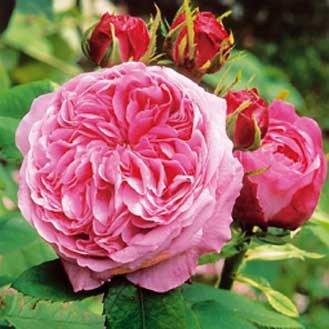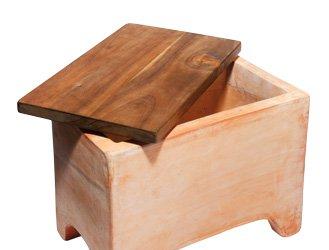Material:
a pruner sharpened and disinfected with alcohol or flame.
Feature :
The roses grown by nursery growers and offered for sale are all propagated by grafting . Many varieties are still remarkably well. If some claim that the plants thus obtained are less resistant to cold, they have the advantage of not emitting "greedy", these wild animals that grow from the rootstock . Save the old varieties recovered in the old gardens, get a free hedge of landscaped roses or adopt these so-called botanical roses, wild . All are successful if they are cut in September or October under mild climate .
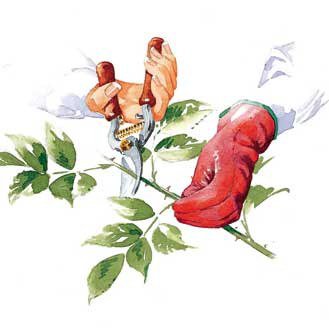
Take cuttings from disease-free roses. Choose twigs of the year, still green (that is to say, the skin has not yet browned) but already firm and resistant to folding. They must not include flowers or flower buds . Cut the leaves from the base. Count three eyes then cut again .
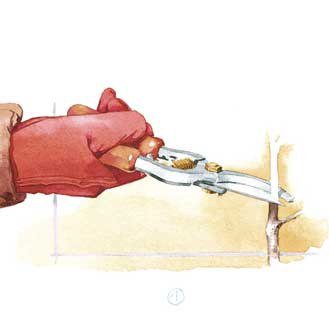
Make the cut at an angle just below an eye (reddish swelling marking the location of a future bud). Then Resize the cutting just above the fourth or fifth eye, always through. To avoid crushing the tissues, place the pruner 1 cm below the eye, cutting blade on the ground side, as in the drawing.
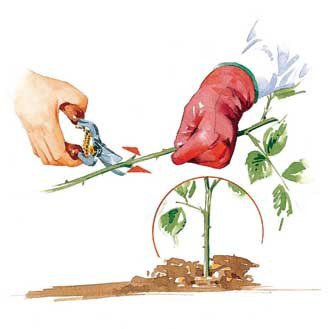
Push the cuttings to the first remaining leaf, in the ground or in a pot, in a mix of loamy sand. Everything must be shaded. Keep the location moist. In November , the first roots will appear. Do not disturb them yet. Place the pot away from heavy frost or cover the cuttings in the ground with a thick mulch (straw, dry dead leaves). Wait until April to transplant.
► Thanks to MC editions ... This file is from the book "100 Garden Ideas: 100 plants to multiply" , where you will find other valuable tips for gardening with passion and expertise!
